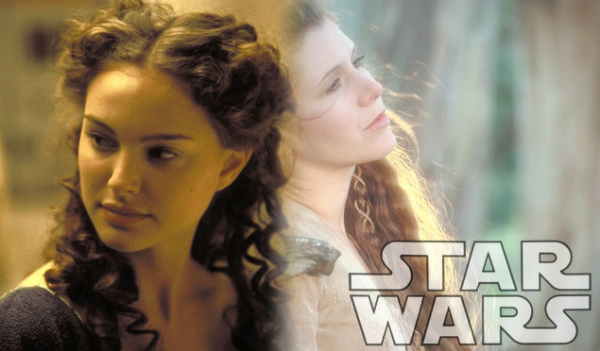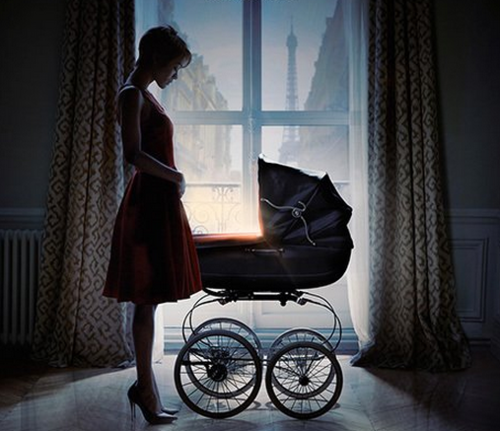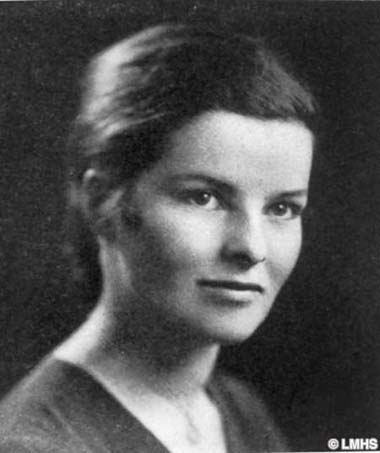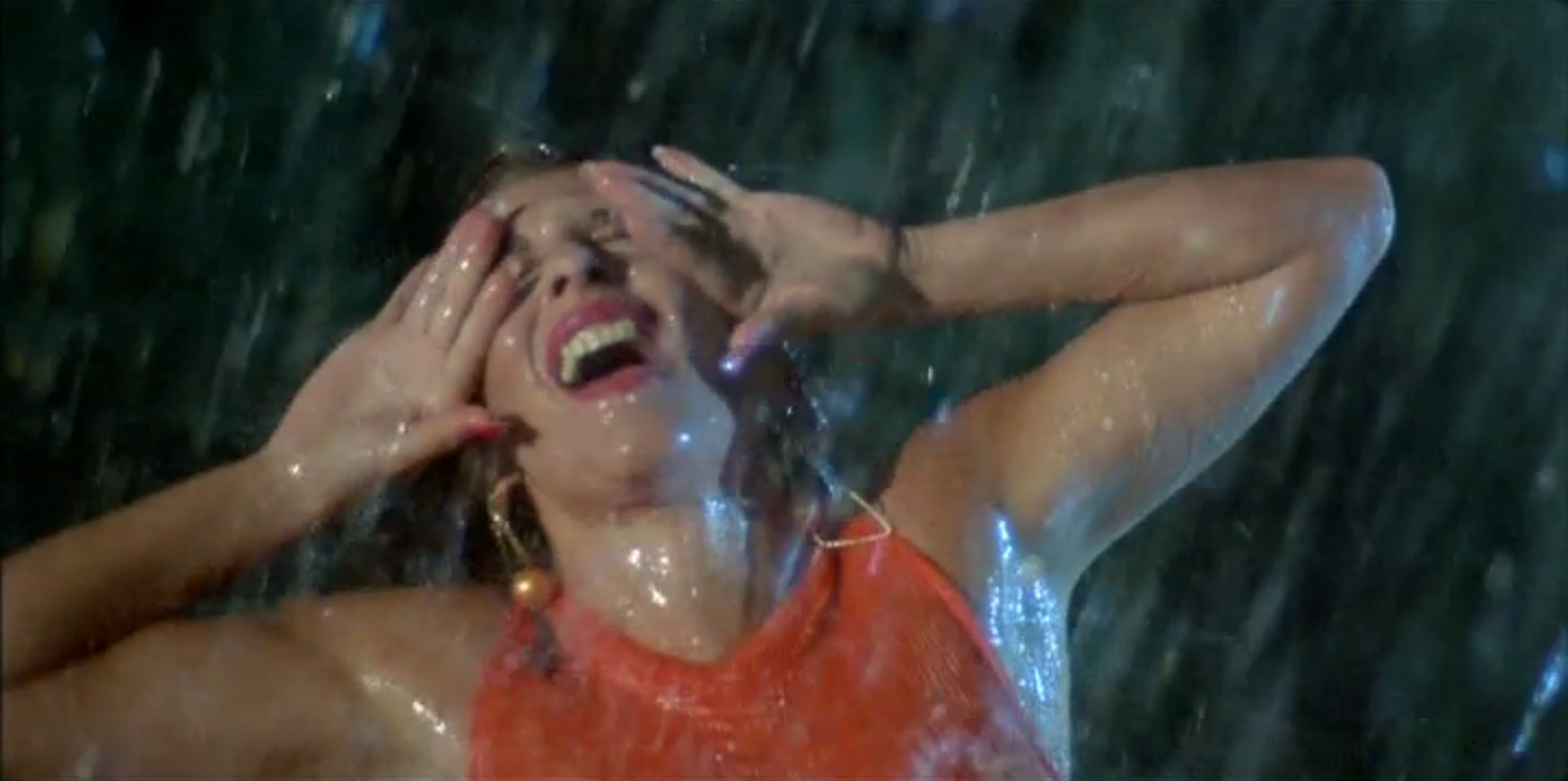In films, as in life, women aren’t supposed to be violent. Women make up the majority of violent crime victims (domestic violence, assault, rape, and murder) but they don’t usually retaliate in kind. Even in the relatively rare film where a woman seriously injures or kills a rapist, like ‘Thelma and Louise’, she does so with lots of tears and anguish–in that film from both from the woman pulling the trigger and the one whom the man attempted to rape. The unwritten rule in movies seems to be that in order to justify a woman killing or even assaulting someone, we need to see her or some other woman suffer, a lot, beforehand. Contrast that rule with the male heroes of action films who leave dozens of corpses in their wake, and not one of the dead has raped or otherwise tortured the hero beforehand–though the hero may be avenging some great wrong the dead guy (or guys) did to his wife or daughter.











